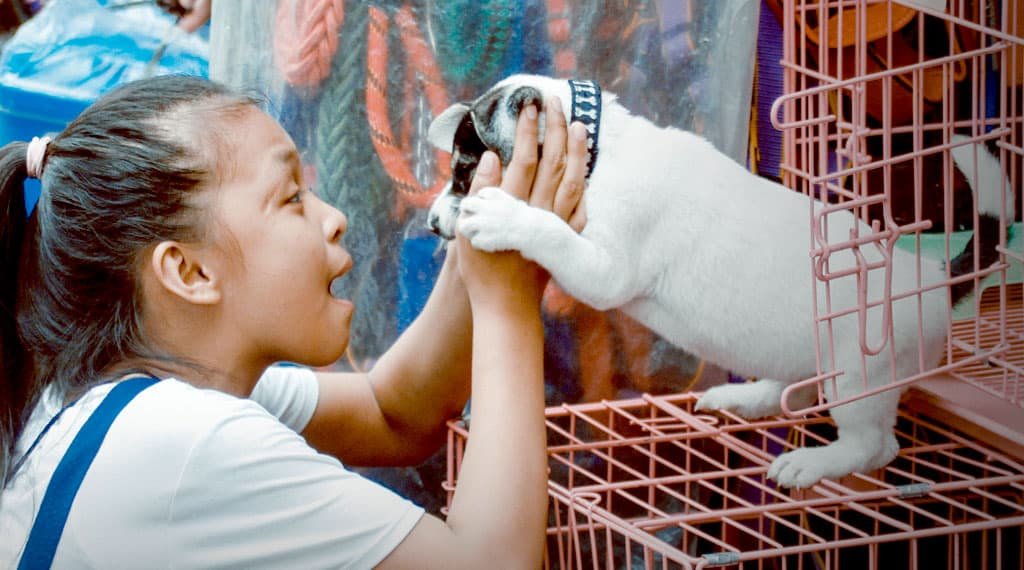Understanding a Cat’s Behavior in a New Home
Moving to a new house can bring up a variety of feelings for both you and your pet.. Like people, cats may experience some anxiety or uncertainty when faced with a significant change such as this one. Making Your Cat Comfortable in a New Home can be a difficult task.
They might begin behaving a little differently, hiding more or meowing more often. Some could even start to feel agitated. It’s crucial to treat them with kindness and patience so they may acclimate to their new surroundings gradually and explore it at their own speed.
When cats move into a new home, one common characteristic they exhibit is hiding. Due to their innate territorial nature, cats may feel threatened in strange surroundings. It’s crucial to give your cat places to hide, such a comfortable cat bed or a cardboard box filled with a blanket. Your cat will have a secure haven to go to when they’re feeling stressed thanks to this.
An additional activity to be aware of is excessive scratching or grooming. These behaviors can be used by stressed-out cats as a coping method. Use diffusers or pheromone sprays that mimic the scents that cats use to establish their territory if your cat is excessively grooming itself or scratching furnishings. These products can help calm your cat’s surroundings and lessen their nervousness.
Preparing the New Home for a Cat’s Arrival
Before bringing your cat to their new home, it’s essential to prepare the environment to make it as welcoming and comfortable as possible. Start by designating a specific area where your cat can initially stay, such as a spare room or a bathroom. This will help them adjust gradually without feeling overwhelmed by the entire house.
Ensure that the designated area is free from any potential dangers or hazards. Cats are curious creatures, and they may try to explore their surroundings. Remove any toxic plants, secure loose cords or wires, and check for any small objects that could be swallowed.
Provide your cat with all the necessary essentials in their designated area. This includes food and water bowls, a litter box, scratching posts, and toys. Familiar objects from their previous home, such as their bed or a favorite blanket, can also help provide them with a sense of security.

Introducing the Cat to the New Home Gradually
It’s time to assist your cat in acclimating to their new residence after you’ve moved in. Remember that cats like routine, so abrupt changes may make them feel uneasy. Give them time to become used to their new surroundings by going slowly and introducing them to it piece by piece.
Let your cat explore its designated space first. For the first few days, keep the doors to the rest of the home closed. As your cat grows accustomed to it, open the doors progressively. This will allow your cat to become familiar with one area of the home before exploring the rest.
When your cat is ready to move outside of their region of choice, keep an eye on their exploits and give them lots of praise. Treat them or give them praise when they behave in a composed and assured manner. This will enable them to connect pleasant memories with the new house.
Making Your Cat Comfortable in a New Home
It’s crucial to provide a secure and cozy atmosphere for your cat across the entire house in addition to giving them their own space. Since cats’ sense of smell is very important to them, it’s important to get rid of any strong or strange smells that can worry them. Instead of using cleaning solutions with strong scents, choose ones that are safe for pets.
Make sure your cat has access to several hiding places throughout the house. These can be bookcases, cardboard boxes with soft blankets inside, or even cat trees. Cats can find comfort and a place to hide when they need some alone time in hiding locations.
Give your cat window shelves or tall perches so they can look out and study their surroundings. Cats adore having a spot where they can look over their domain. They will feel more in control of their surroundings and be kept entertained as a result.
Establishing a Routine for the Cat in the New Home
Cats are habitual animals, so getting them used to their new routine could help them feel lot more at ease. Establish and adhere to a mealtime regimen. Cats, like humans, feel more at ease when they know what to anticipate. So, establishing a regular feeding schedule will provide them with a sense of stability and comfort.
Every day, set some time for your cat to play. This will improve the link between you and your kitty companion in addition to offering cerebral and physical stimulation. Feather wands and puzzle toys are examples of interactive toys that can help keep your cat entertained and involved.

Providing the Cat with Familiar Scents and Objects
Provide your cat with items and smells from their former home to help them feel more at home. Examples of this include their bedding, toys, or even clothes that has your scent on it. Your familiar scents will make you feel comfortable and at home in your new environment.
Furthermore, think about putting diffusers or sprays with synthetic pheromones all about the house. These goods replicate the pheromones that cats naturally release when they are comfortable and safe. They can support your cat in feeling less stressed and in a more tranquil environment.
Offering Plenty of Affection and Attention to the Cat
It’s important to give your cat lots of love, care, and attention during the transition phase. Being gregarious animals, cats depend on their human friends for security and comfort.
Every day, spend time with your cat doing things they want to do. This might be as simple as silently sitting next to them or engaging in interactive play or gentle grooming sessions. The more times you and your cat spend together, the quicker your cat will become used to their new surroundings.
Remember that cats could also require some alone time. When they are ready for attention, let them come to you, but respect their boundaries. Stress and a slowed down settling in process can result from forced contacts.
Using Positive Reinforcement to Help the Cat Adjust
When it comes to assisting your cat in settling into their new home, positive reinforcement is an extremely effective strategy. Your cat will repeat desired behaviors and link the new environment to pleasant experiences if you reward them.
Give your cat food or praise whenever they behave in a composed and self-assured manner. This can involve rewarding them for using the scratching post rather of the furniture or teaching them new tricks with clicker training.
Your cat will become more confident and trusting with positive reinforcement, which will facilitate a more seamless transition.

Patience and Understanding During the Settling-In Period
Above all, throughout the transitional phase, it’s critical to exercise patient and understanding. Since every cat is unique, the time it takes them to adjust to their new home may vary. Some cats may acclimate in a few days, but others may require several weeks or even months.
Do not hurry the procedure or put your cat in unusual circumstances. Give them the assistance they require and let them dictate the pace. Your cat will progressively gain confidence and comfort in their new home with time, patience, and regular attention.
Conclusion:
Helping Your Cat Feel at Home in No Time
For cats, moving to a new house might be difficult, but you can ease their transition with the appropriate method. The key to making your cat feel at peace is to comprehend their behavior, prepare the new home, introduce them gradually, and create a secure and pleasant atmosphere.
Your cat can adapt to their new environment more rapidly if you develop a routine, provide familiar scents and items, show them lots of love, and use positive reinforcement. Every cat will adjust at their own pace throughout the settling-in phase, so please be understanding and patient with them.
Your cat will quickly feel completely at home in their new surroundings with your love and attention.


